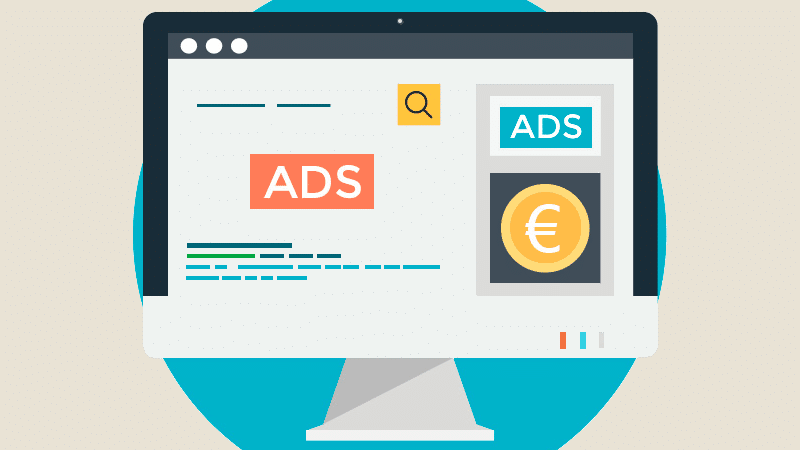What Is Integrated Brand Promotion? Understanding the Strategy for Maximum Impact

Introduction
In today’s competitive market, simply having a great product or service isn’t enough to stand out. To capture consumer attention and build lasting relationships, businesses need a cohesive marketing strategy that resonates across all platforms. Integrated Brand Promotion (IBP) is a powerful approach that combines various marketing channels and tactics to create a consistent and engaging brand experience.
This article will explain what integrated brand promotion is, why it's essential for modern businesses, and how to implement it for maximum impact. By aligning all promotional efforts, IBP strengthens brand visibility, fosters customer loyalty, and enhances overall marketing effectiveness.
What Is Integrated Brand Promotion?
Integrated Brand Promotion (IBP) refers to the process of aligning and coordinating various marketing efforts to deliver a unified brand message. It includes combining advertising, public relations, social media, sponsorships, direct marketing, and other promotional strategies to create a seamless brand experience.
The objective of IBP is to ensure that every touchpoint, whether digital or traditional, communicates the same core message and values, making the brand more recognizable and memorable to the target audience. This integrated approach ensures that all marketing activities work together toward a common goal, rather than operating in silos.
Key Components of Integrated Brand Promotion
An effective IBP strategy involves several essential components that work together to maximize brand impact:
- Consistent Messaging:
- Consistency is key in IBP. The brand message should be uniform across all channels and platforms. Whether it’s an ad, social media post, or email campaign, the message should reinforce the brand’s identity and resonate with the audience.
- Cross-Channel Integration:
- IBP utilizes a variety of marketing channels, including digital platforms like social media and email, as well as traditional media such as print and TV. Each channel supports and complements the others, ensuring a cohesive brand presence wherever consumers engage.
- Audience-Centric Campaigns:
- A successful IBP strategy is built around the audience’s needs and preferences. By understanding the target market and personalizing content, businesses can develop campaigns that resonate deeply with consumers and encourage engagement.
- Creative Consistency:
- Visual elements like logos, colors, and design should be consistent across all marketing materials. Similarly, the tone of voice should reflect the brand's personality and values, ensuring that customers recognize and trust the brand at all touchpoints.
- Data-Driven Insights:
- Data plays a crucial role in optimizing IBP campaigns. Tracking performance metrics and consumer behavior helps businesses refine their strategies and improve outcomes.
Why Is Integrated Brand Promotion Important?
IBP offers several advantages for businesses seeking to build stronger connections with their audience and increase brand awareness:
- Stronger Brand Identity:
- Consistent messaging across all platforms reinforces the brand’s identity and values. This coherence helps build recognition and fosters long-term consumer loyalty.
- Improved Customer Engagement:
- IBP enables businesses to create personalized, relevant content that resonates with their audience. Engaging campaigns lead to deeper connections and encourage consumers to interact with the brand across multiple channels.
- Better ROI:
- By integrating efforts, businesses can optimize their marketing budget and ensure all channels contribute to a single goal, ultimately improving returns on investment.
- Enhanced Brand Trust:
- A consistent presence across multiple channels builds consumer trust. When the brand’s messaging, values, and visual identity remain consistent, customers feel more confident in their relationship with the brand.
How to Implement Integrated Brand Promotion
Implementing an IBP strategy involves careful planning, collaboration, and execution. Here's how businesses can get started:
- Define Your Brand’s Core Message:
- Before launching an IBP campaign, it's crucial to define a clear and compelling brand message that resonates with your audience.
- Select Relevant Marketing Channels:
- Identify the channels that are most effective for reaching your target audience. Whether it’s social media, email marketing, or traditional advertising, the selected channels should complement each other.
- Ensure Consistent Creative Elements:
- Maintain consistency in creative elements like logos, colors, and fonts across all marketing materials to reinforce your brand identity.
- Leverage Data to Optimize Campaigns:
- Regularly analyze campaign performance and consumer data to refine your strategies. This allows you to adjust your approach and achieve better results.
Conclusion
Integrated Brand Promotion is an essential strategy for businesses looking to maximize their brand presence and build meaningful relationships with their audience. By aligning all marketing efforts and delivering a consistent brand experience across multiple channels, businesses can strengthen their identity, improve engagement, and drive better results. Embracing IBP can lead to long-term success in an increasingly competitive marketplace.




